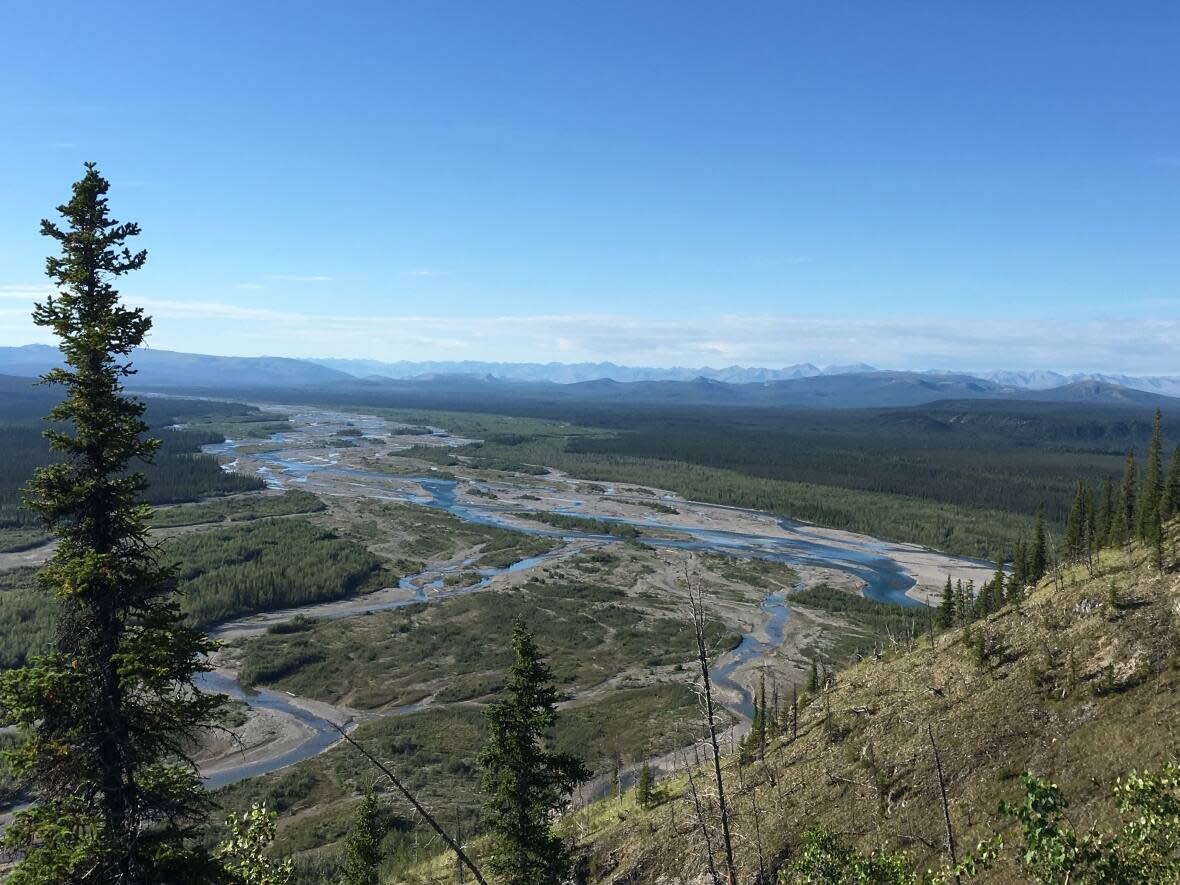Yukon assessment board says no to mining exploration project in the Peel watershed

The Yukon Environmental and Socio-economic Assessment Board (YESAB) has recommended against a mining project in the Peel watershed.
This is the first proposal that's come in since governments approved the land use plan for the Peel watershed in 2019.
The project was put forward by Vancouver-based company, Silver47 Exploration Corp. Silver proposed a five-year drilling program at more than 200 sites at its Michelle Creek property in search of silver, zinc and lead. The property is roughly 20 kilometres away from Tombstone Territorial Park, on the traditional territories of the Tr'ondëk Hwëch'in First Nation and the First Nation of Na-Cho Nyäk Dun.
In its recommendation, YESAB found the project would impact soils and vegetation, water resources, heritage resources, wilderness experience and personal safety.
The board recommended mitigation terms for a number of these impacts, but found that effects to wildlife and First Nations' wellness could not be mitigated under the existing proposal.
Part of the reason is because Silver didn't collect any baseline data on wildlife. Baseline data collection is a provision in the Peel Watershed Land Use Plan, which outlines the conditions for certain kinds of development to occur in the 17 per cent of the watershed that is open for potential development.
Instead of providing this, the company suggested it would collect the data at the same time it conducts exploration work.
'Proponents need to sharpen their pencils'
The Yukon Conservation Society (YCS) was one of the organizations to oppose this during YESAB's public comment period in 2022.
"While they're working, they're changing the conditions and so you can't study the pre-existing conditions while you're changing the conditions," says Sebastian Jones, wildlife analyst with YCS. "It just doesn't make sense."
YESAB's report says Silver's proposed helicopter use runs the risk of disturbing Dall and Fannin sheep, who range in the area in the summer and fall. Additionally, it says camp activities and trenching will deter the Porcupine and Hart River caribou herds from the area, a critical part of their summer range.
The report further says the potential impact on wildlife could have a significant impact on First Nations' wellness. YESAB says there are no mitigation measures for this.
"Impacts to First Nation wellness from loss of First Nation culture are considered high magnitude and irreversible," says the final report. "The duration of effects can be multi-generational depending on the extent of wildlife displacement or avoidance caused by noise disturbance and increased human presence at and in proximity to the project location."
Jones says YCS is pleased with the recommendation. He says he hopes it serves as a notice to future proponents that they need to think about the Peel Land Use Plan, read it and follow it.
"It's very safe to say that this means that proponents need to sharpen their pencils," Jones said.
The decision bodies include the Government of Yukon and Fisheries and Oceans Canada. They have not yet made a decision.


